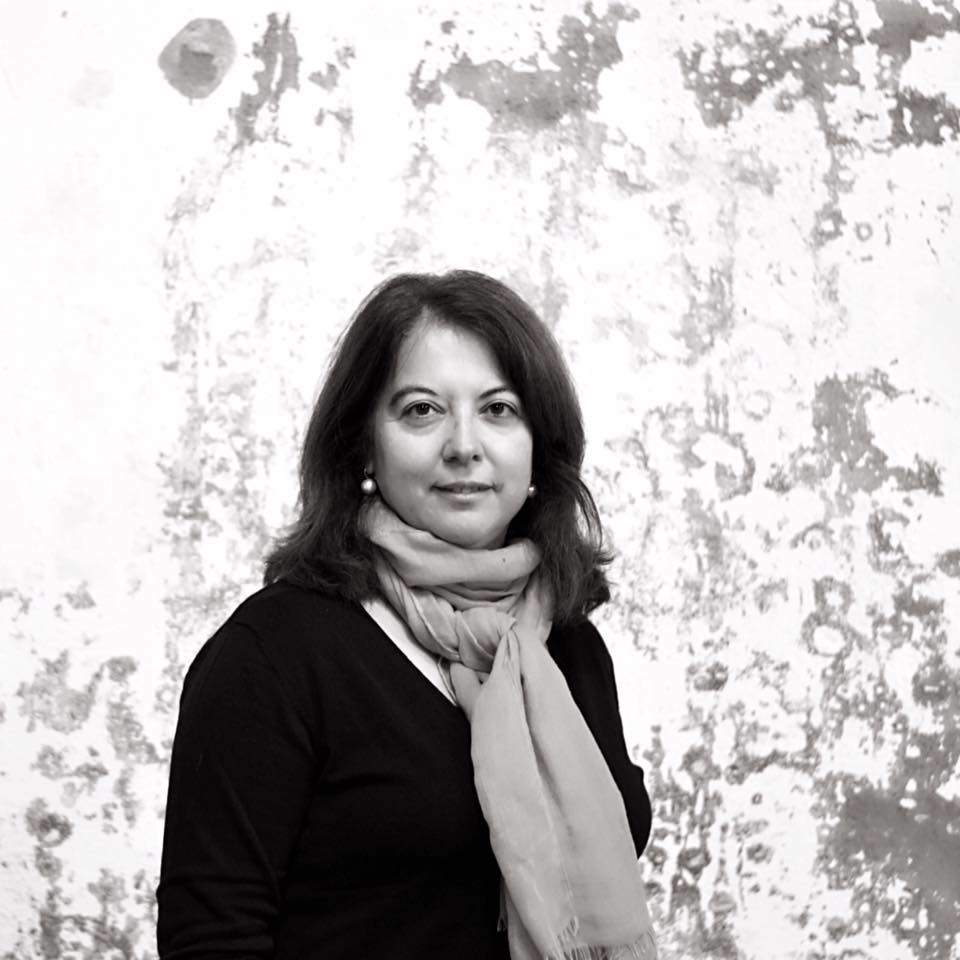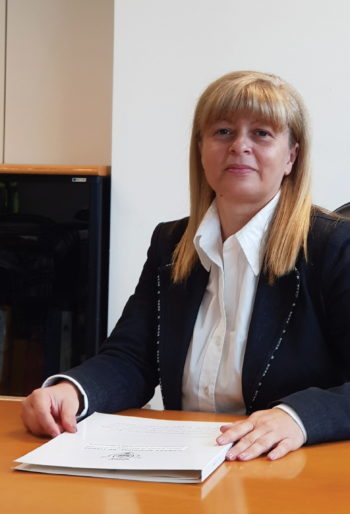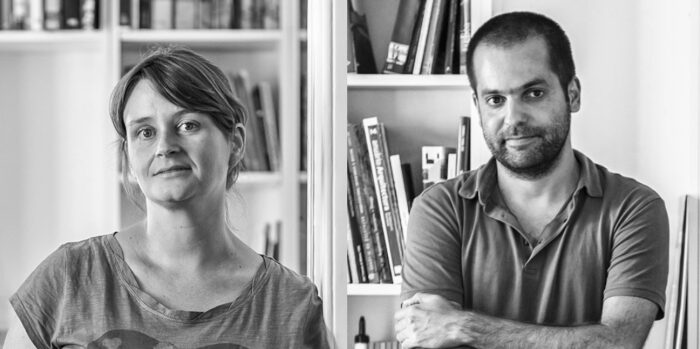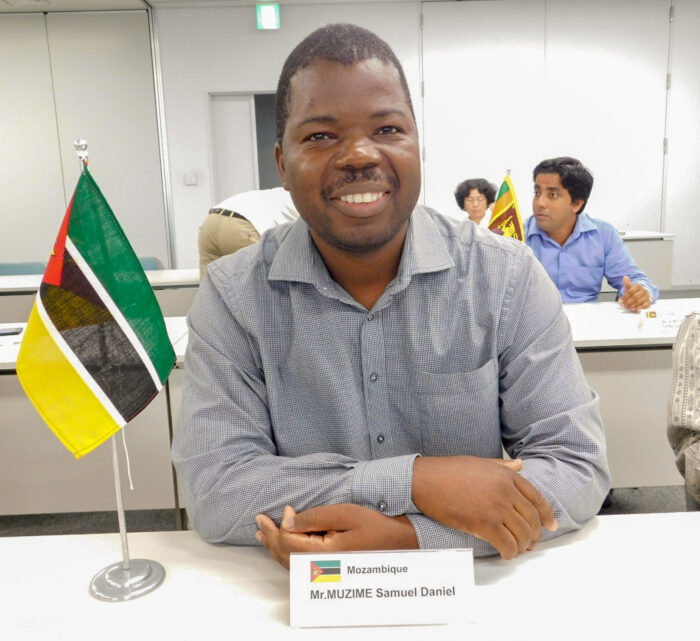A conversation with Arch. Helena Botelho

A conversation with Arch. Helena Botelho
'There are times when we have to think about how we can contribute to our society and profession. [In the Ordem dos Arquitectos] we have a critical view and the opportunity to put into practice a set of reflections’
You are an architect, a teacher and a curator. First part: why did you choose architecture?
First of all, I would like to thank you for your invitation. It is with great pleasure that I share my journey, which has been closely followed by Betar, in particular by Eng. Miguel Villar, with whom I enjoy working and learned a lot. Answering your question, it was a mix of several things. I have vague images of some projects that marked my childhood: the Beja’s Highschool by Cristino da Silva, the Beja’s Hospital by Chorão Ramalho and in particular the Officers’ Club by Keil do Amaral… These were places that caught my attention for the importance of qualified space, the way the light transforms it, the buildings’ shapes that draw the cities. As a child, I’ve spent hours making cardboard models, inventing spaces for paper dolls. I remember doing some psychotechnical tests in high school, which recommended law and psychology first and then the arts. I was a little confused. My mother reminded me the other day that I was afraid of not being able to get into architecture and that I would end up in civil engineering. But she said I shouldn’t give up on my dreams. Wise advice! Even today my colleagues play with me because I went with my mother to take the admission exam to Lusíada University.
Tell us about your journey and experience.
I entered college in 1988 and in the second year I had my first experience at António Teixeira Guerra’s studio, which was hiring students to make a model for Castelo do Crato. It was an incredible experience, shared with Gabriela Gonçalves and Cristina Appleton. In the fourth year, we did an intervention on Avenida da Liberdade and I met Pedro Vieira de Almeida who, after a few months, called me to go work with him. He was a Master to me. He was a person of rare intelligence. With him, I learned to draw and to be critical. When I finished the course I worked with José Maria Assis. We made huge hand drawings for an exhibition in Italy by Gonçalo Byrne. I also collaborated with Paulo David, Carlos Lampreia and later with Gonçalo Byrne. At the time, the Aires Mateus brothers had the studio inside Gonçalo Byrne’s studio and I collaborated with them on some projects. I worked at Farol do Rato for four years, where I learned about teamwork, in a studio with a great structure and a wide range of projects. I went out to create a small studio with Gabriela Gonçalves. Later I started to teach and built my path in workshops with friends. I had a studio with Carlos Nuno Fonseca and two designers, the Colectivo Rua da Rosa, where the sharing of ideas was very strong and multidisciplinary. It was at that time that I made my first public solo project, the Red Cross of Évora. It was a turning point where I consolidated knowledge and acquired greater autonomy. I also shared an atelier with Jorge Vicente and then with Filipe Mónica, for 8 years, until I ventured into the project of creating my own studio. In 2015 I accepted the challenge of Tomaz Hipólito and moved to Marvila, where I am today. Tomaz, despite his training in architecture, is a visual artist and has a space for studios for artists. This encounter between the various artistic expressions is particularly happy because there is an atmosphere open to experimentation and sharing of ideas.
What projects are you developing?
I currently have a lot of work in the studio and a wonderful team completely available to accept new challenges. We just finished a tender for Italy a few days ago. We are doing a project with Betar and it is very stimulating to be able to try programs that are not always possible with the usual order. We are doing public buildings, housing and cultural projects.
What does teaching mean to you?
Teaching means always being up to date. It is a kind of permanent mental exercise. A school is a place for experimentation and critical reflection. I’ve been teaching for 23 years and I can’t imagine myself without doing so. Contact with the youngest allows us creative freedom, which inevitably affects the work of the studio and my way of making Architecture.
You are also focused on the Ordem dos Arquitectos. What are the biggest enticements and difficulties?
It is a great challenge and a great honor to accompany arch. Gonçalo Byrne in this mission. There are times in life when we have to think about how we can contribute to improving the quality of our society and our profession. The team I lead, in the Lisboa e Vale do Tejo regional section, is very generous, enthusiastic and with a strong sense of mission. We are architects with a critical vision, which helps us to propose solutions to the various problems that the profession has: to contribute to the affirmation of the community, participating in decision-making centers, in the network of public and private institutions, in a supportive and constructive perspective; fight for a dignification of the profession and improve the quality of architecture and cities. We have the opportunity to put into practice a series of reflections. Obviously, this work also has to be done with the engineers, because the problems and the solutions concern everyone.
And what is the vision for the future?
I have confidence in the future. I know that it is not always easy, but the architecture course gives us a way to see the world in a very particular way, tools to reinvent ourselves and the possibility to work in other areas. On a personal note, I look forward to the time when we can travel again.
This interview is part of the Artes & Letras Magazine #129, of April 2021
Partially automatic translation from portuguese: some expressions may differ from their actual meaning.
News & Interviews
A conversation with Eng. Elisabete Portalegre
'I would like our work, which does not belong to us, to be congratulated, served, endured and continued to contribute to a real imaginary, committed to the definitive construction of an ever better city' Read more
A conversation with Arch. Tiago Saraiva and Arch. Andreia Salavessa
‘There is architectural work to do in the country and people need it, what doesn’t exist is money. We identify the problems and apply to resolve them.’ Read more
A conversation with Eng. Samuel Muzime
'The main challenges of CFM are: to be a regional reference in cargo transport at a competitive price and with safety, having infrastructures with continuous modernization and well-trained and motivated personnel' Read more




